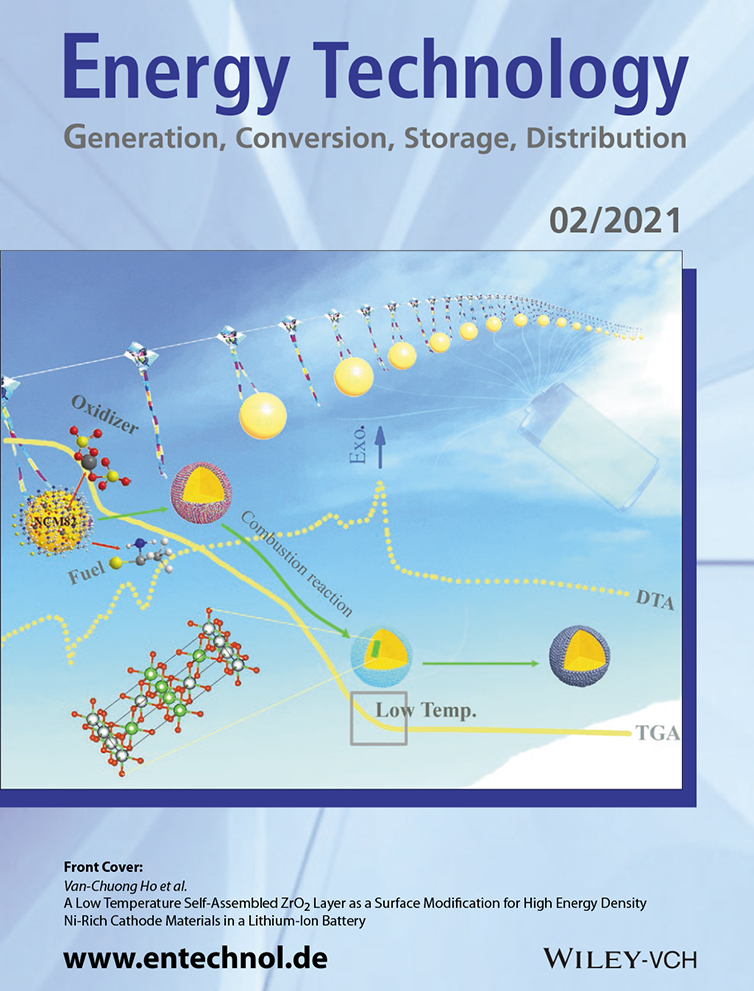A Metal–Organic Framework-5-Incorporated All-Solid-State Composite Polymer Electrolyte Membrane with Enhanced Performances for High-Safety Lithium-Ion Batteries
Abstract
Solid polymer electrolytes (SPEs) have been one of the most promising candidates to replace nonaqueous liquid electrolyte for achieving high-safety lithium-ion batteries (LIBs). However, the extremely low ionic transport capacities of SPEs have seriously hindered their applications in LIBs. Herein, a metal–organic framework (MOF) material MOF-5 is applied to polymer electrolyte for enhancing electrochemical performances of SPEs. Specifically, a polymer matrix is first obtained via a strategy of random copolymerization of trifluoroethyl methacrylate (TFEMA) and poly(ethylene glycol) methacrylate (PEGMA). Then, a free-standing flexible composite SPE (CSPE) membrane composed of P(TFEMA-ran-PEGMA) polymer, lithium salt, and MOF-5 (nanofillers) is prepared by the solution casting technique. The results indicate that the room temperature ionic conductivity of the CSPE is 1.5 times higher than that of neat SPEs and lithium-ion transference number of CSPE remarkably enhances from 0.25 to 0.51. In addition, the as-prepared CSPE has a very wide electrochemical window of 5.38 V. Moreover, the assembled solid cell LiFePO4/CSPE/Li presents an outstanding specific discharge capacity retention of 92.2% after 25 cycles. Thus, the superior comprehensive properties of the MOF-incorporated composite polymer electrolyte exhibit a promising potential application in solid electrolyte for high-safety solid LIBs.
Conflict of Interest
The authors declare no conflict of interest.




